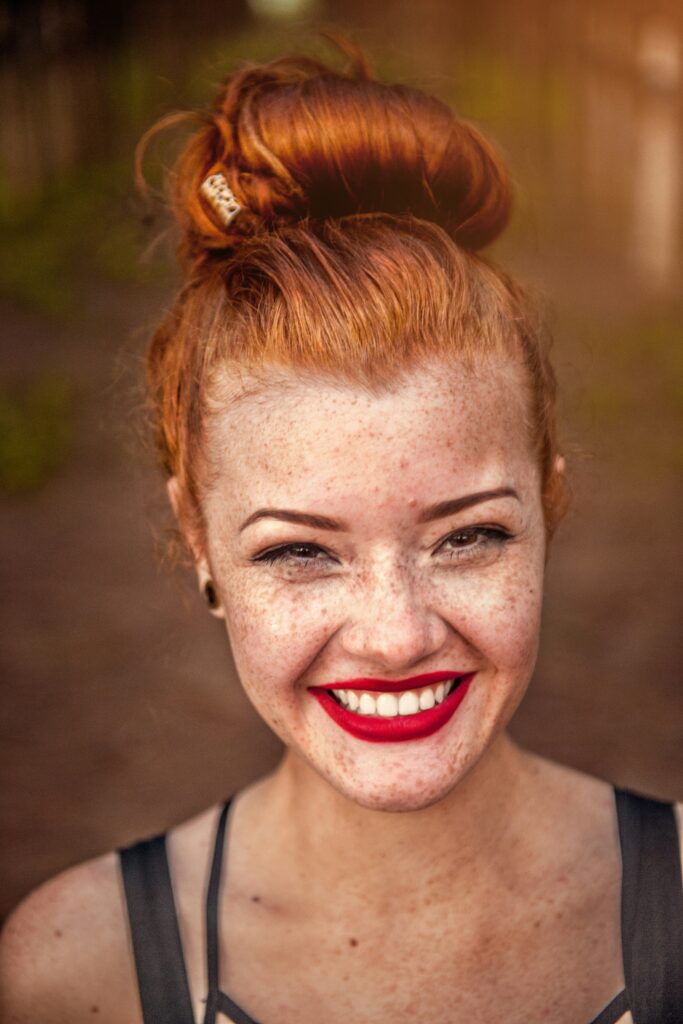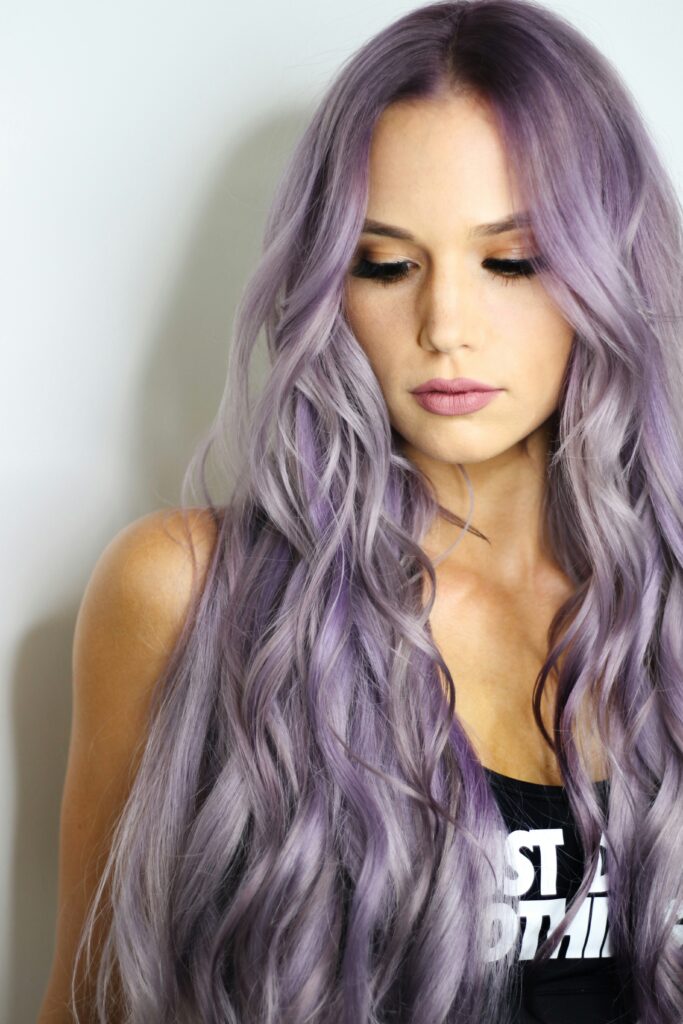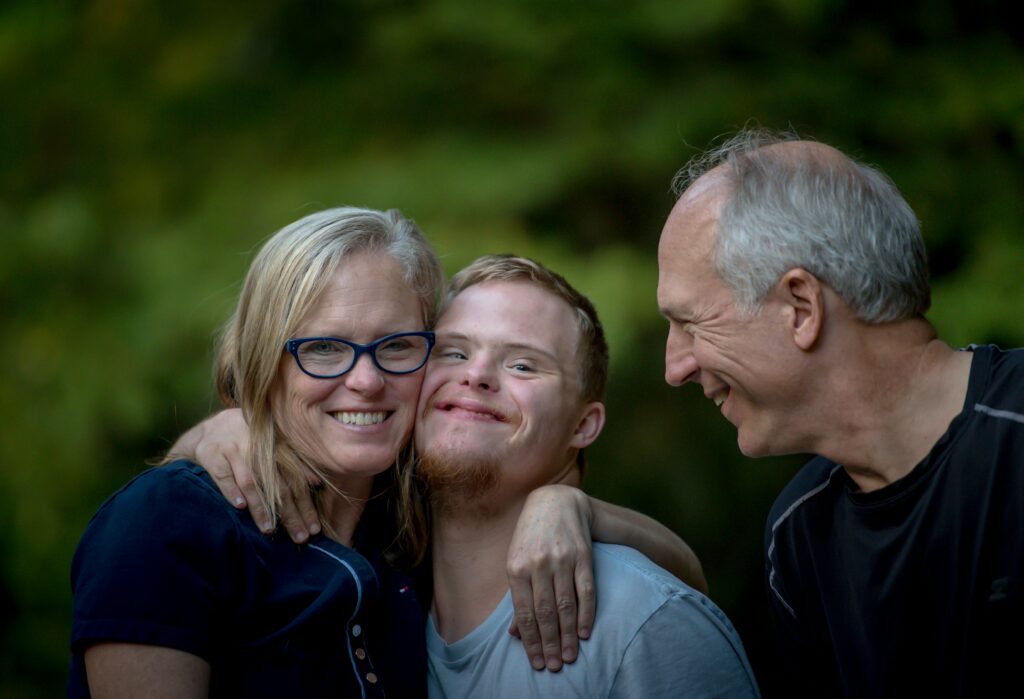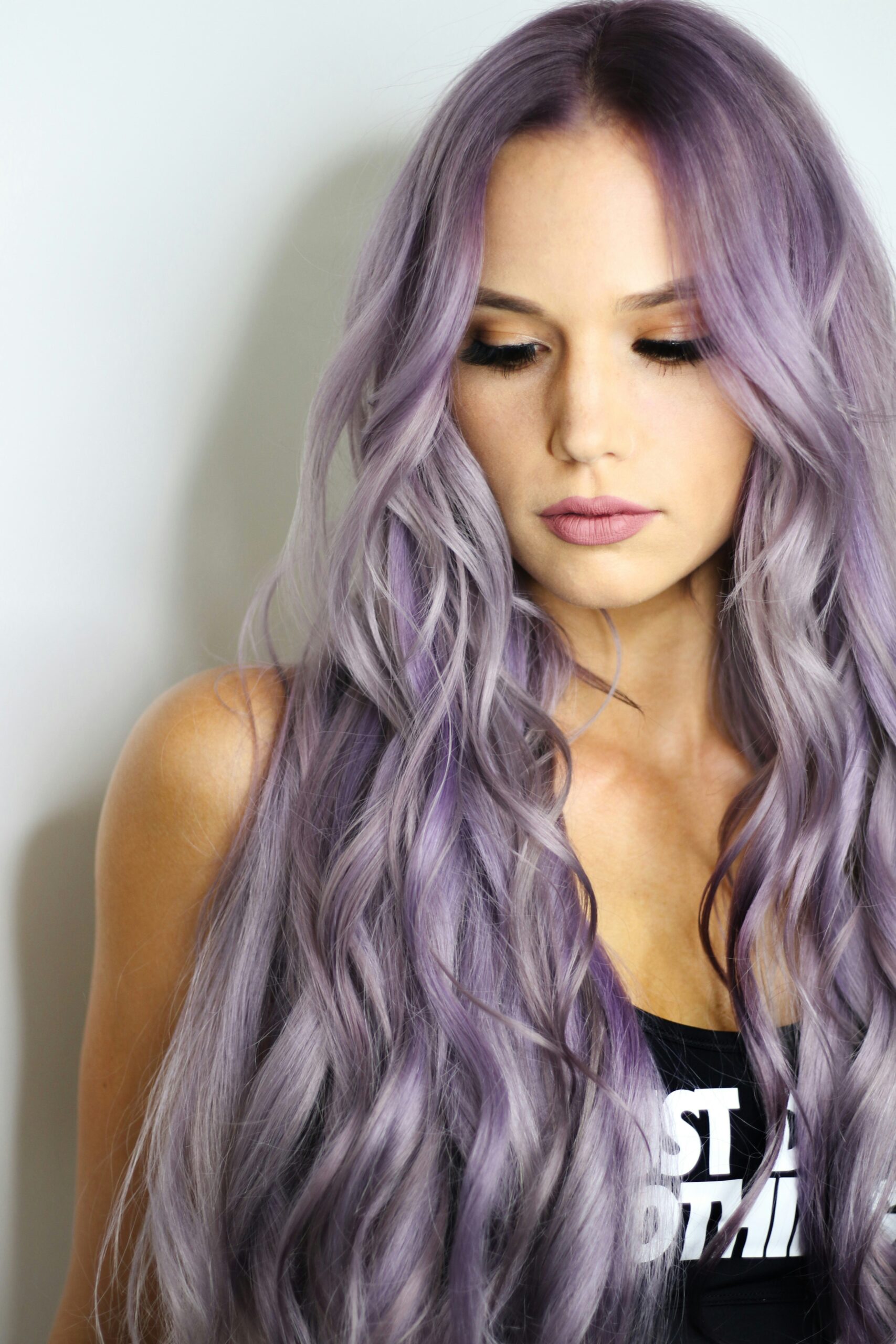In a long-standing copyright dispute that had drawn significant attention from the art world, artist Richard Prince has agreed to pay a sum of at least $650,000 to two photographers whose images he had incorporated into his own work. The judgments, filed in New York, awarded damages to photographers Donald Graham and Eric McNatt, and prohibit Prince from reproducing the photographs known as “Rastafarian Smoking a Joint” and “Kim Gordon 1”. These images were part of Prince’s installation titled “New Portraits,” where he enlarged Instagram photos onto canvases and added his own comments. While Prince did not admit to infringement, he reached a settlement to avoid further costly litigation.
Richard Prince Settles Copyright Lawsuit with Photographers

Background
Richard Prince, a well-known artist in the art world, recently found himself at the center of a long-running copyright dispute with two photographers, Donald Graham and Eric McNatt. The dispute arose from Prince’s incorporation of their images into his own artwork, specifically his installation titled “New Portraits.” This case has garnered significant attention due to its implications for copyright protection in the art world.
Judgments and Damages Awarded
Following the resolution of the copyright lawsuit, two judgments were filed in New York. These judgments awarded damages to the photographers and prohibited Prince from reproducing the specific photographs involved in the dispute. The images in question, “Rastafarian Smoking a Joint” and “Kim Gordon 1” (featuring musician Kim Gordon), were used by Prince in his “New Portraits” installation.
The compensation awarded to Graham and McNatt amounts to at least $650,000. This settlement reflects the financial impact and recognition of the photographers’ copyrighted work, acknowledging their rights as creators.

Barred from Reproducing Photographs
As a result of the judgments, Richard Prince is now legally restricted from reproducing the photographs involved in the lawsuit. This limitation has raised questions about the impact on Prince’s artistic freedom. The controversy lies in the balance between an artist’s creative expression and the protection of copyright.
Description of the ‘New Portraits’ Installation
The “New Portraits” installation by Richard Prince incorporated photographs sourced from Instagram. Prince printed these images on large canvases and added his own Instagram-style comments beneath them. The use of Instagram photos in an art exhibition was a unique and pioneering approach at the time.
The large canvas prints showcased the various Instagram photographs, with Prince’s added comments providing a different layer of interpretation and context. This installation challenged traditional notions of photography and explored the intersection between online culture and art.

Photographer Donald Graham’s Case
Donald Graham’s image, known as “Portrait of Rastajay92,” was incorporated into Richard Prince’s “New Portraits” installation. This artwork featuring Graham’s photograph was exhibited at a New York gallery in 2014. Graham’s case shed light on the issue of copyright infringement and the unauthorized use of a photographer’s work without consent.
Photographer Eric McNatt’s Case
Eric McNatt’s image, known as “Portrait of Kim Gordon,” was also included in Richard Prince’s “New Portraits” installation. This specific artwork featuring McNatt’s photograph was displayed at a gallery in 2015. McNatt’s case further highlighted the importance of protecting an artist’s copyrighted work.
Lawyer’s Statement
David Marriott, the lawyer representing Donald Graham and Eric McNatt, expressed his satisfaction with the judgments. He described the cases as a “David vs. Goliath” matter for the art world, emphasizing the significance of the outcome for artists and copyright protection. Marriott’s statement acknowledges the perseverance and principle demonstrated by the photographers throughout the litigation process.
Studio Manager’s Statement
Matt Gaughan, Richard Prince’s studio manager, revealed that the artist steadfastly refused to admit infringement. Gaughan emphasized that Prince agreed to settle the lengthy and costly litigation process to avoid the expenses associated with a trial. The settlement reached between Prince and the photographers is viewed as a cost-effective solution for both parties involved.
Long Litigation Process
The copyright dispute between Richard Prince and the photographers spanned over eight years. The litigation process was arduous and resource-intensive for all parties involved. The length of the legal battle highlights the complexities surrounding copyright in the art world and the challenges faced by artists and creators seeking protection for their work.
Conclusion
The settlement reached in the copyright dispute between Richard Prince and photographers Donald Graham and Eric McNatt marks the resolution of a long-standing legal battle. This case has significant implications for artists and copyright laws in the art world, sparking discussions about the balance between creative expression and copyright protection.
The judgments and damages awarded demonstrate the recognition of the photographers’ rights as creators and the financial impact of unauthorized use of their work. The use of Instagram photos in Prince’s “New Portraits” installation challenged conventions of photography and delved into the intersection of online culture and art.
With the conclusion of this lawsuit, artists and the broader art community are left to reflect on the principles of copyright protection and the importance of respecting and safeguarding original creative works. This case underscores the need for ongoing discussions and legal frameworks that balance artistic freedom and the rights of creators.

